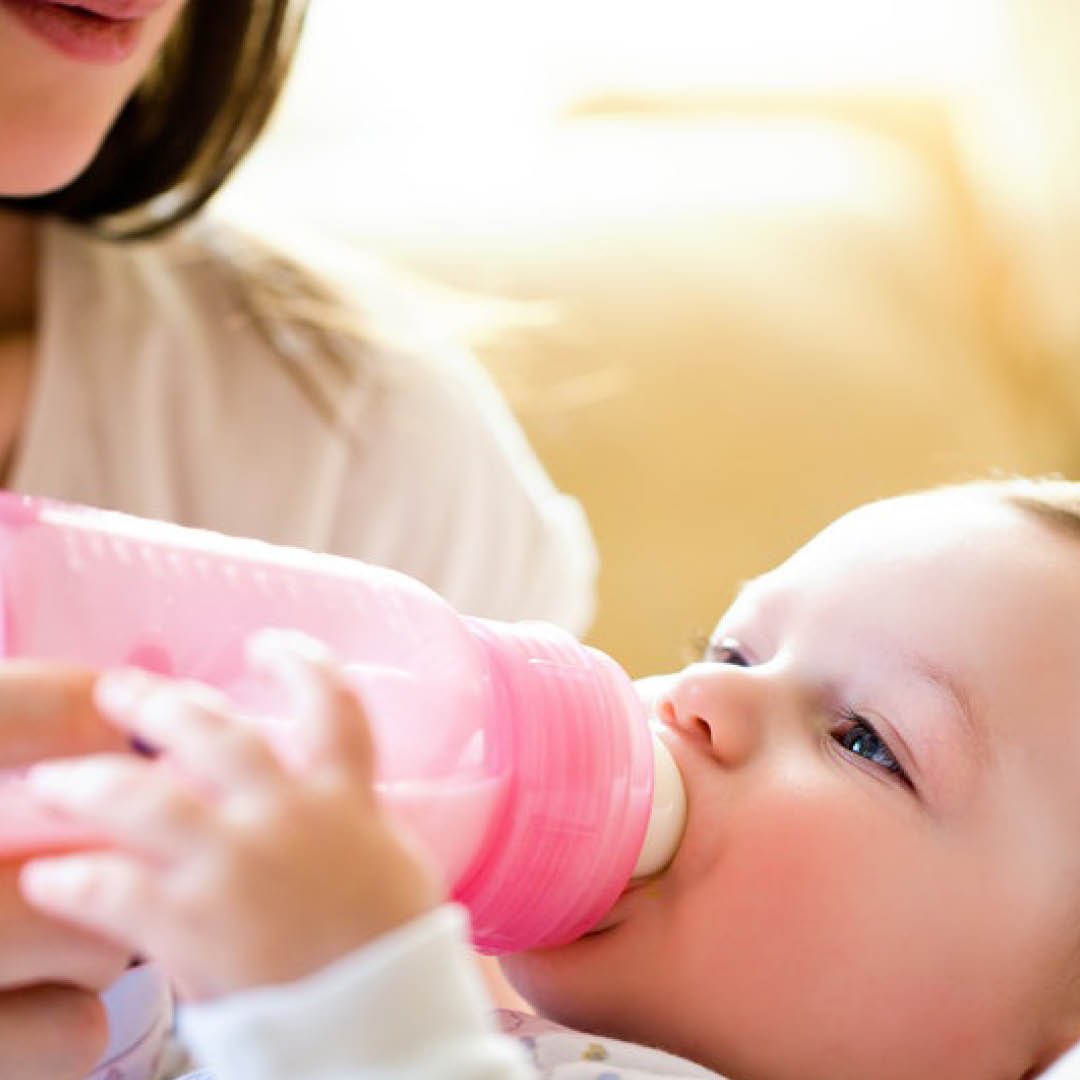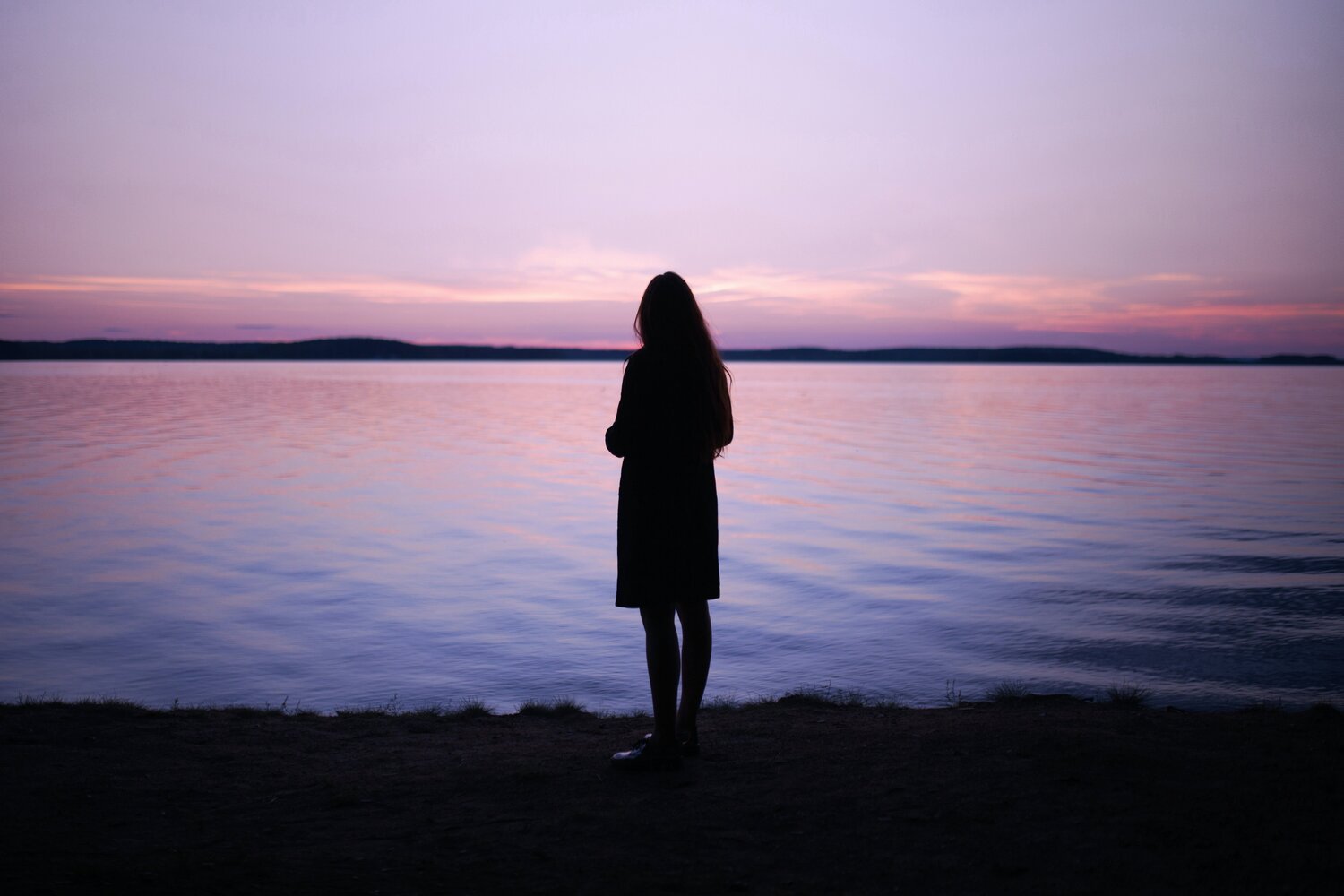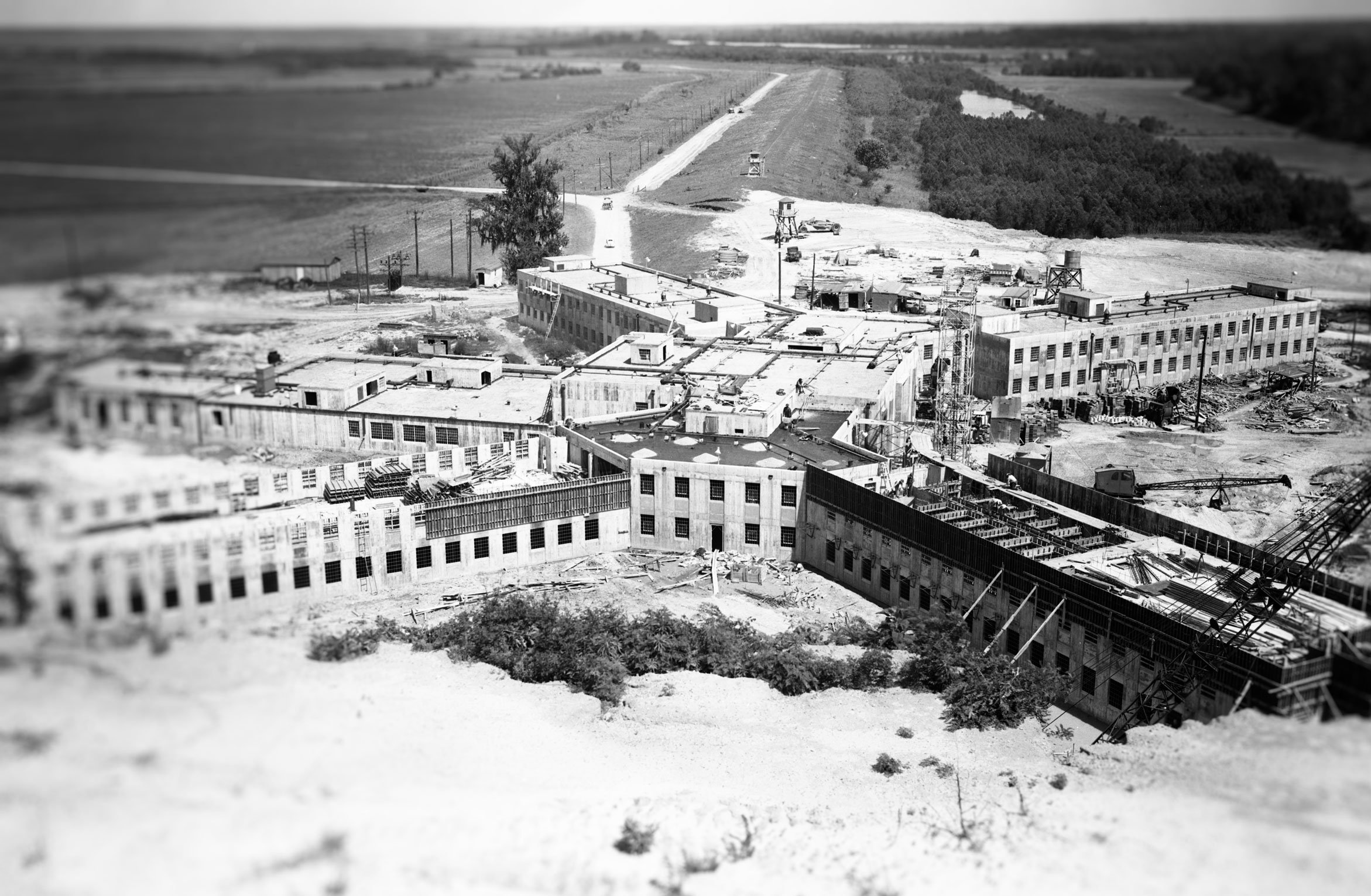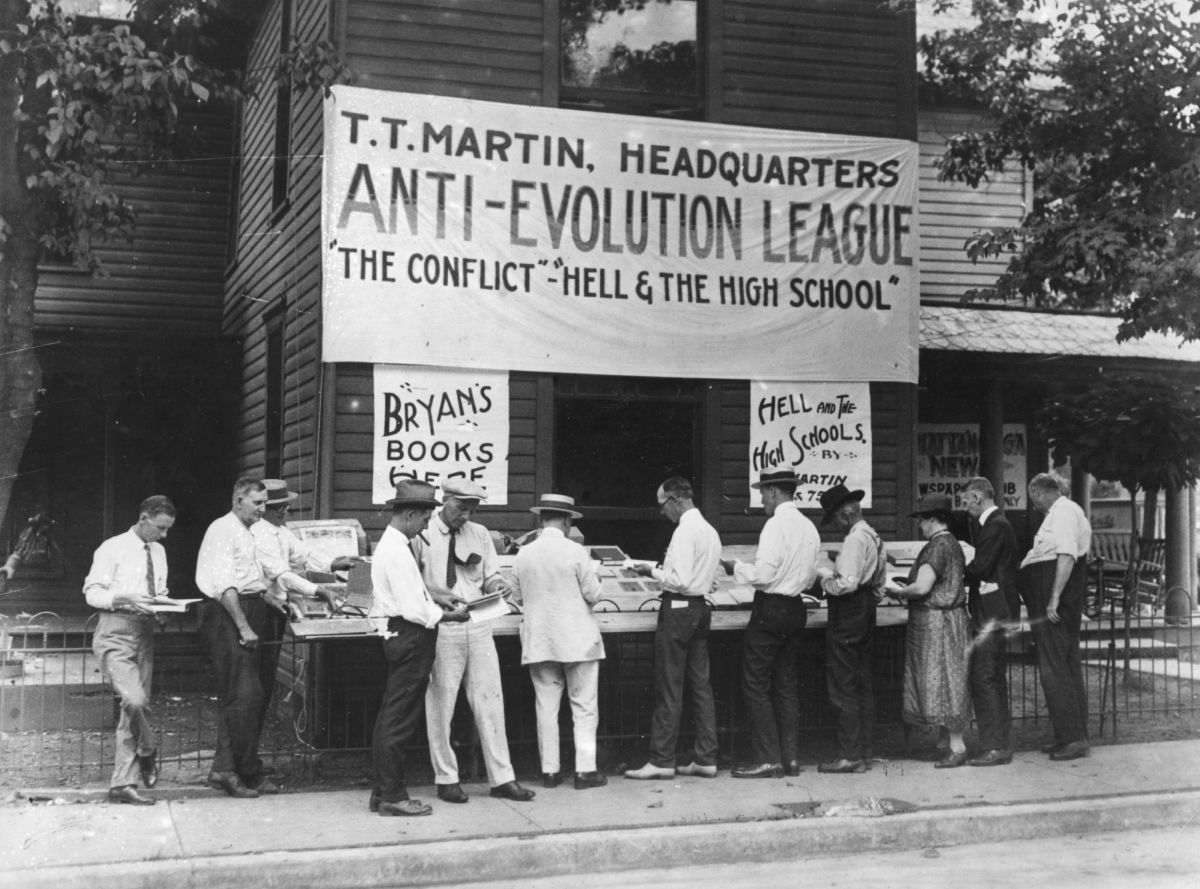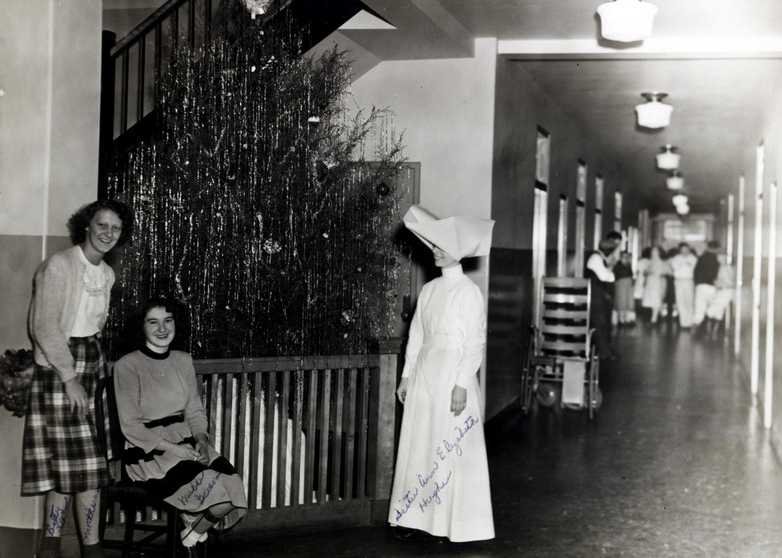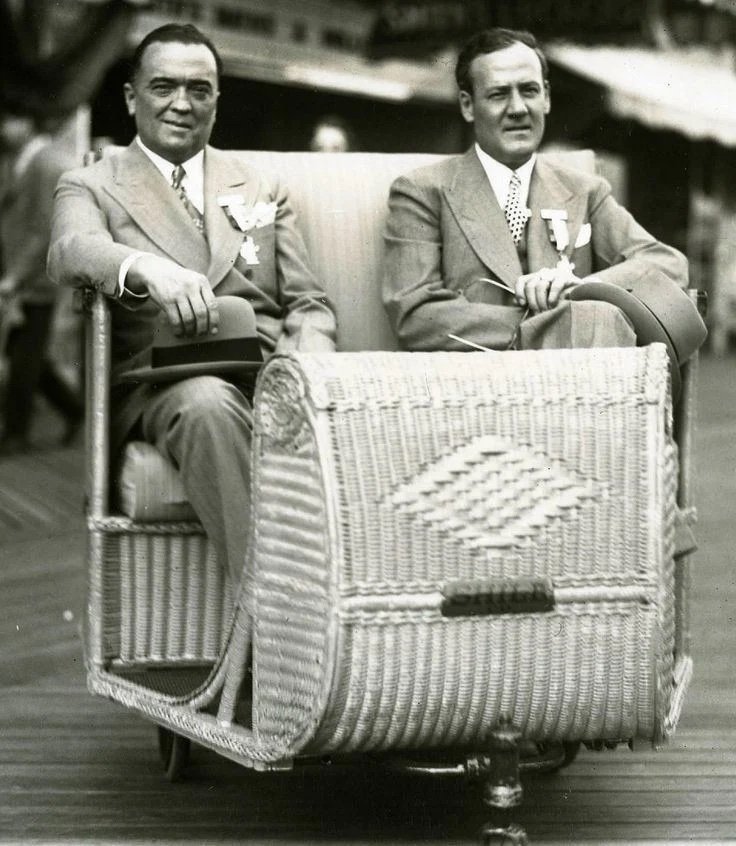1956-1994 – Identifying Need & Community Growth
When he arrived in Shreveport, Lousiana, Pete began to be known as Barry Bailey.
“Unless you have a support group you don’t get anywhere. Don’t wait to get approval to do the right thing, or to get a job done. Invite people to join in and participate.
Find who is willing to work and go to work.”
– DR. BARRY “PETE” BAILEY
Barry became a minister, finding that the values of non-violence, justice and equality resonated with people. He preached to congregations across the south, from Shreveport, Louisiana to Fort Worth, Texas.
First United Methodist Church
Shreveport, Louisiana – associate minister (1956-1962)
READ: The Scopes Trial
READ: Work to Tackle Issues
Broadmoore United Methodist
Baton Rouge, Louisiana – senior minister (1962-1972)
READ: Doing Important Work
READ: The Louisiana State Penitentiary
First United Methodist
Richardson, Texas – senior minister (1972-1976)
Developing the Local Church
When Barry began at First United Methodist, Richardson, it was a sizable church with three services every Sunday morning. What caught Barry’s attention was the utterly extreme theology that reflected the Richardson area – it was home to the largest John Birch Society in America. Here, Barry saw his work would be to change people’s minds.
From the pulpit Barry spoke:
“I do not agree with the John Birch Society, I do not agree with anything they do. We can disagree without hating each other.”
Following his words, people left the church by the droves. There was a huge exodus from the thriving church – but Barry was working on changing the congregation’s minds. He would make a clear statement to the people that we are working with prejudice, stating:
“I know I have prejudice. I must preach beyond where I am, and we can grow together.”
With words, empathy and Barry’s insistence on doing what was right, people became interested in the church, they were energized to participate in programs & activities…and growth happened for the right reasons.
“We can disagree without hating each other.”
Radio & Television Outreach
Barry initiated a popular radio program that broadcasted the church service. Bishop Paul Martin and Perkins School of Theology professors began to attend the church. It became a center for forward thinking and bringing about change. Some very wealthy individuals were attracted to the church, and the foundation began to grow.
Ultimately, with programs offering free access to the then free-to-watch cable broadcast of the Dallas Cowboy games –plus many other events offered free to the church as well as to non-members – the numbers of attendance turned around, and for the right reasons. The church became known for great mission work and honest, relatable preaching. First Church Richardson emerged as the fastest growing church in Methodism. This was when there were over 36,000 Methodist churches during the early 1970’s… membership in Richardson was growing by over 800 people a year.
At this time Barry began to receive offers to teach others. Over the following ten years, he spoke on preaching methodology to preachers at ten General Conferences. He taught homiletics for three summers at Perkins School of Theology. These opportunities were such an honor to him, and he thoroughly enjoyed each experience.
First United Methodist
Fort Worth, Texas – senior minister (1976-1994)
With Dr. Bailey as senior minister, the church became the fastest growing church in Methodism. Television enabled him to develop missions in ways that would otherwise not have been possible. He would get an idea for a program, targeting an area of need. One idea led to another in the way of mission programs, and people responded with the needed money to make it happen.
“We were pioneering in need", he recalls.
Seeing Need & Developing Local Missions
We were broadcast in nine states with scattered coverage reaching several stations up the East and West coasts.
READ: Women’s Haven in Fort Worth
In the late 1970’s and through the 1980’s mission programs blossomed and we were building Fort Worth around helping people. A foundation for good will. My presence on TV gave me the contacts to get things done. We were often reaching three million in the audience on a one hour live broadcast on Sunday morning, with the number one audience specifically during the sermon, at times beating the audience for the popular program Meet the Press.


